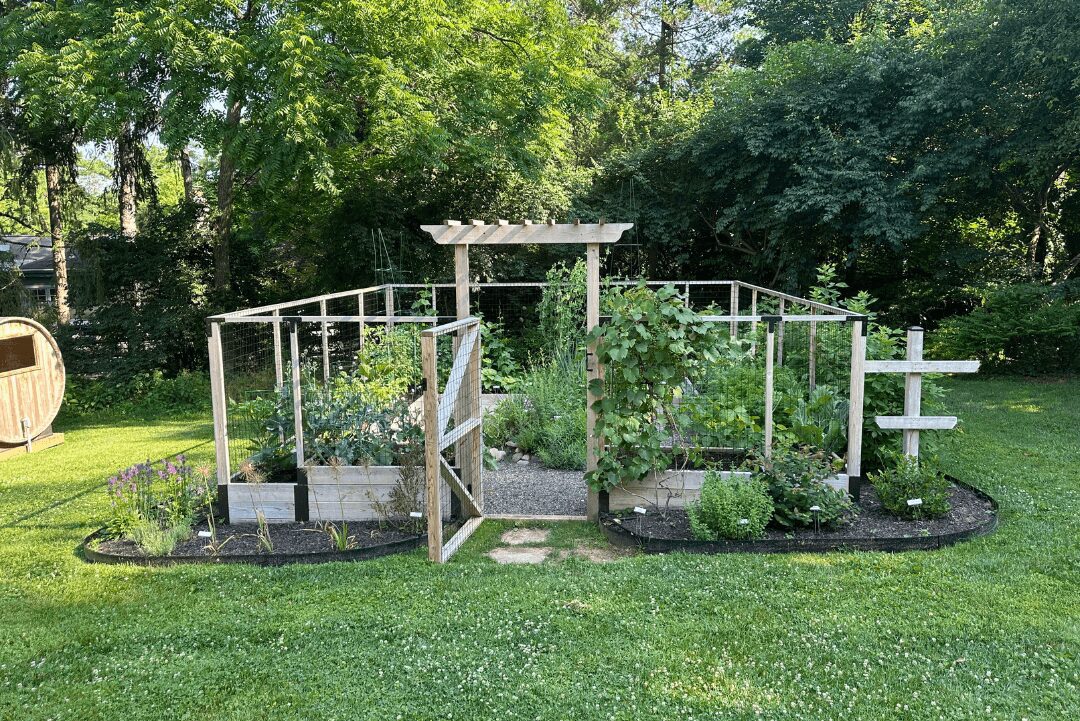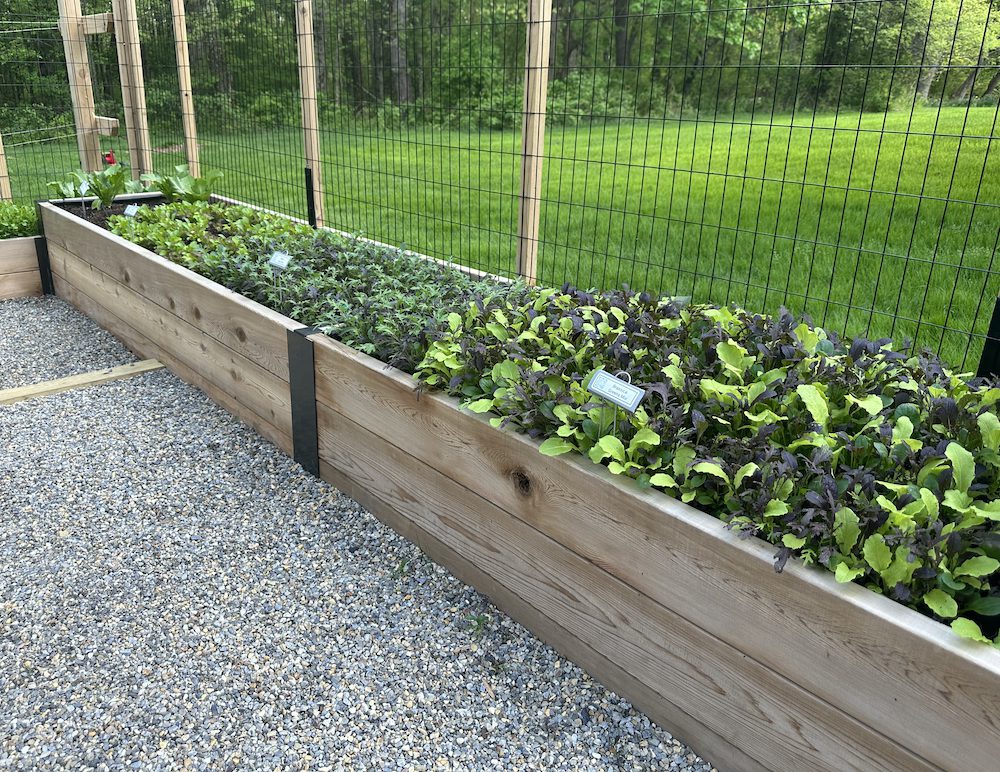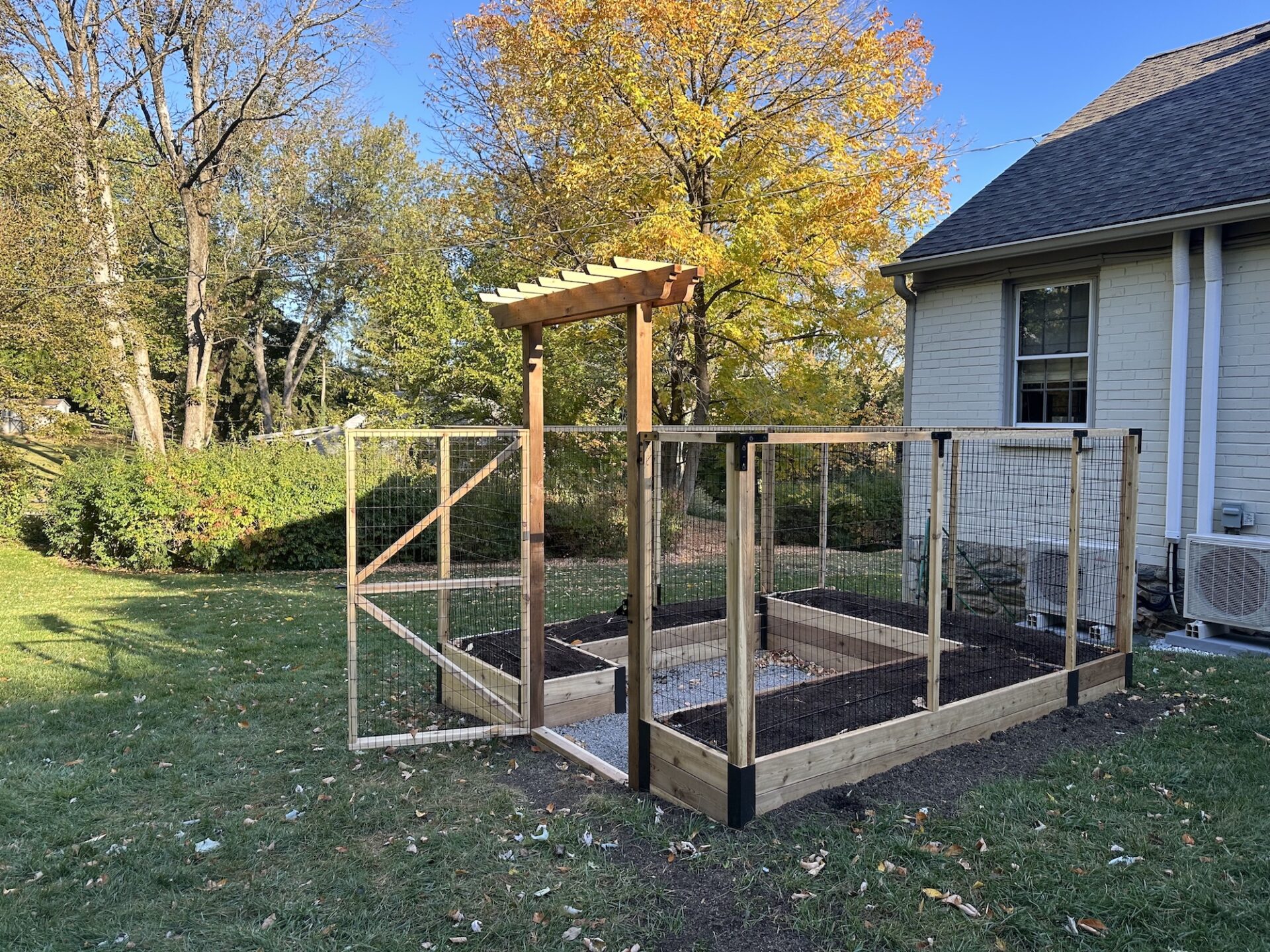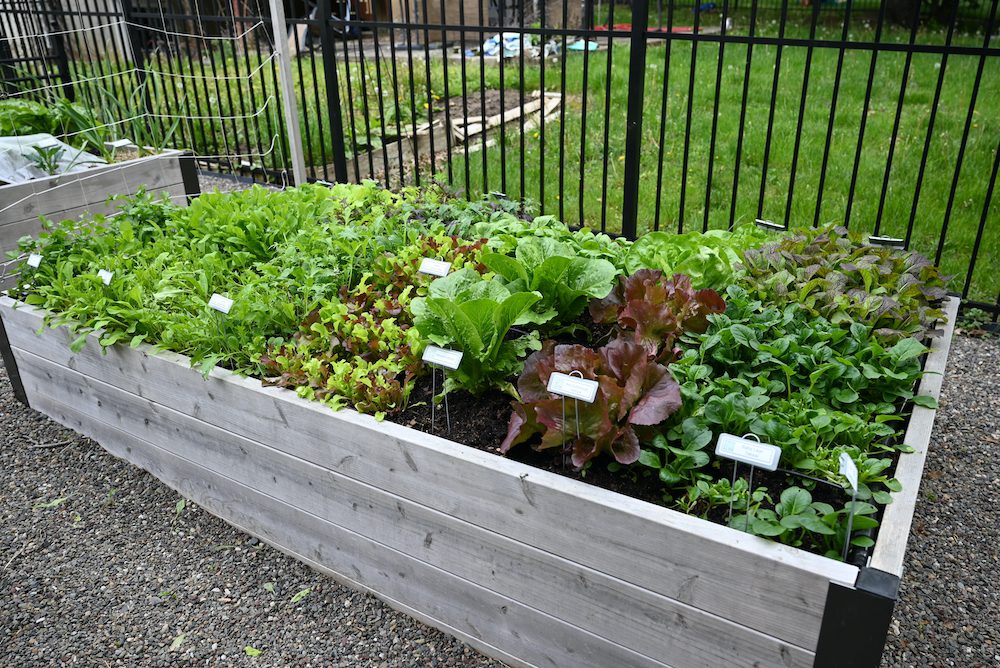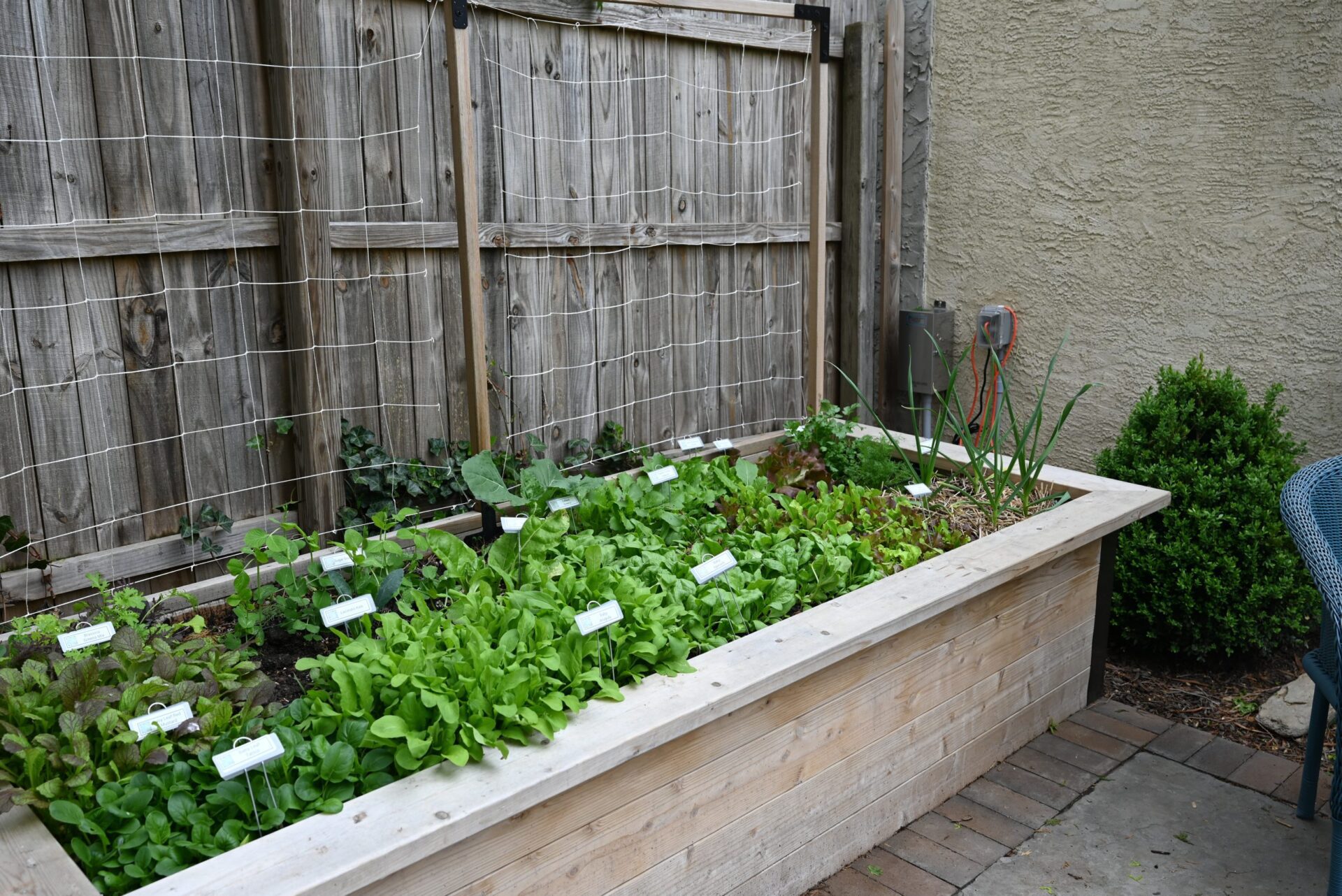[et_pb_section fb_built=”1″ admin_label=”section” _builder_version=”4.16″ da_disable_devices=”off|off|off” global_colors_info=”{}” da_is_popup=”off” da_exit_intent=”off” da_has_close=”on” da_alt_close=”off” da_dark_close=”off” da_not_modal=”on” da_is_singular=”off” da_with_loader=”off” da_has_shadow=”on”][et_pb_row admin_label=”row” _builder_version=”4.16″ background_size=”initial” background_position=”top_left” background_repeat=”repeat” global_colors_info=”{}”][et_pb_column type=”4_4″ _builder_version=”4.16″ custom_padding=”|||” global_colors_info=”{}” custom_padding__hover=”|||”][et_pb_text _builder_version=”4.27.4″ _module_preset=”default” text_text_color=”#000000″ link_font=”|700|||on|||#000000|” link_text_color=”#000000″ header_2_line_height=”1.5em” hover_enabled=”0″ header_2_font_size_tablet=”” header_2_font_size_phone=”23px” header_2_font_size_last_edited=”on|phone” global_colors_info=”{}” sticky_enabled=”0″]
Spring gardening is an exciting time of year. Can you picture harvesting and eating fresh produce from the garden for the first time after a cold winter? To enjoy a productive spring season, we recommend planning ahead. Often gardeners miss the window for spring planting because they’re focused on their summer garden. But with a little knowledge, you can create a planting plan that seamlessly transitions between seasons and grows an abundance of fresh spring produce!
[/et_pb_text][et_pb_text _builder_version=”4.27.4″ _module_preset=”default” text_text_color=”#000000″ link_font=”|700|||on|||#000000|” link_text_color=”#000000″ header_2_line_height=”1.5em” header_2_font_size_tablet=”” header_2_font_size_phone=”23px” header_2_font_size_last_edited=”on|phone” global_colors_info=”{}”]
1. Optimize Growing Conditions
If you’re starting a new garden this spring, we find the most practical place to begin is by assessing growing factors like sunlight and water. You can perform a site survey to understand your property’s growing potential, or use handy tools like the Sun Surveyor app to find the sunniest spot in your yard.
You can learn more about finding the best location for your edible garden in this blog post.
In general, the more sunlight the better! Without sun, it won’t matter if you choose pest-resistant crops or space them appropriately because not much will grow in shade. Typically, we recommend building in an area that gets 6+ hours of full sun for the best results. Although some cool-weather crops like baby greens and tender herbs can grow in partial sun (4+ hours), you will probably experience mixed success.
Overall we find that building a raised bed garden in a sunny, flat, visible and accessible location provides the best experience long-term. This allows for maximum interaction with the garden with minimal frustration during ongoing maintenance.
[/et_pb_text][et_pb_image src=”https://backyard-eats.com/wp-content/uploads/2024/06/1-5.png” alt=”A backyard raised bed garden next to a family playset” title_text=”1″ show_bottom_space=”off” _builder_version=”4.27.4″ _module_preset=”default” custom_margin=”20px||20px||false|false” hover_enabled=”0″ global_colors_info=”{}” custom_margin_last_edited=”on|phone” custom_margin_phone=”15px||25px||false|false” sticky_enabled=”0″ custom_margin_tablet=”20px||20px||false|false”][/et_pb_image][et_pb_text _builder_version=”4.27.4″ _module_preset=”default” text_text_color=”#000000″ link_font=”|700|||on|||#000000|” link_text_color=”#000000″ header_2_line_height=”1.5em” custom_margin=”||10px||false|false” custom_margin_tablet=”||10px||false|false” custom_margin_phone=”||10px||false|false” custom_margin_last_edited=”on|desktop” custom_padding=”||0px||false|false” custom_padding_tablet=”||0px||false|false” custom_padding_phone=”||0px||false|false” custom_padding_last_edited=”on|desktop” hover_enabled=”0″ header_2_font_size_tablet=”” header_2_font_size_phone=”23px” header_2_font_size_last_edited=”on|phone” global_colors_info=”{}” sticky_enabled=”0″]
2. Set Your Spring Gardening Goals
After you’ve identified the best location for your edible garden, you can continue to plan your dream garden design based on your gardening goals. It can be helpful to ask questions like:
- What do you want to grow?
- What produce do you or your family enjoy?
- What size space are you working with?
- What is your time commitment for maintenance?
[/et_pb_text][et_pb_text _builder_version=”4.27.4″ _module_preset=”default” text_text_color=”#000000″ link_font=”|700|||on|||#000000|” link_text_color=”#000000″ header_2_line_height=”1.5em” hover_enabled=”0″ header_2_font_size_tablet=”” header_2_font_size_phone=”23px” header_2_font_size_last_edited=”on|phone” global_colors_info=”{}” sticky_enabled=”0″]
These factors will help you decide the size and layout of your garden – whether you’re starting with patio-side raised beds or trying to feed your entire family with organic produce. Even if you have an existing garden space, you can tailor the layout to fit your lifestyle. Maybe you want to expand past an annual vegetable garden into perennial beds with pollinator-friendly plants, or edible fruits and like raspberries, strawberries, or figs.
Spring is also a great time to assess your existing garden infrastructure. Did you struggle with watering or pests last year? Consider upgrading your fencing or adding drip irrigation to provide the best conditions for your spring crops to thrive. Every year is a new chance to set new gardening goals for what you want to learn or improve.
[/et_pb_text][et_pb_image src=”https://backyard-eats.com/wp-content/uploads/2024/12/DSC_7216-1.jpg” alt=”A raised bed garden” title_text=”DSC_7216″ show_bottom_space=”off” _builder_version=”4.27.4″ _module_preset=”default” custom_margin=”20px||20px||true|false” hover_enabled=”0″ global_colors_info=”{}” custom_margin_last_edited=”on|phone” custom_margin_phone=”15px||25px||false|false” sticky_enabled=”0″ custom_margin_tablet=”20px||20px||true|false”][/et_pb_image][et_pb_text _builder_version=”4.27.4″ _module_preset=”default” text_text_color=”#000000″ link_font=”|700|||on|||#000000|” link_text_color=”#000000″ header_2_line_height=”1.5em” hover_enabled=”0″ header_2_font_size_tablet=”” header_2_font_size_phone=”23px” header_2_font_size_last_edited=”on|phone” global_colors_info=”{}” sticky_enabled=”0″]
3. Create Seasonal Planting Plans
To create a spring planting plan, it’s important to understand two factors: frost and crop seasonality. We recommend spring planting after the danger of hard frost has passed, which you can find online. Many cool-weather crops like baby greens, carrots, and radishes can survive cold temperatures once they’re mature, but seeds and young plant starts will struggle to germinate and thrive in freezing temperatures. Your local nursery can help recommend which crops grow best from seeds or starts.
When selecting your spring plants, remember that not all cool-season crops will be ready to harvest at the same time. What we call “quick spring” crops – baby greens and tender herbs – are often ready to harvest around the time of summer planting, but “long spring” crops – like carrots and onions – won’t be ready to harvest until mid-summer. This means that long spring crops will also take up space in your summer planting plan, so be sure to leave enough room in your spring plan to rotate in your warm-weather favorites.
This is called “succession planting,” which is a valuable technique to maximize space in your garden by gradually replacing expired crops with new plantings. To create a multi-season planting plan, we recommend working backwards! Plan your summer garden first by choosing your favorite summer and long spring selections. Then, fill in the summer spaces with quick spring selections in March. Always follow proper plant spacing guidelines, whether you’re using vertical trellises to maximize growing space or not.
[/et_pb_text][et_pb_image src=”https://backyard-eats.com/wp-content/uploads/2024/12/Copy-of-DSC_8160-scaled.jpg” alt=”Mixed baby greens in a raised bed” title_text=”Copy of DSC_8160″ show_bottom_space=”off” _builder_version=”4.27.4″ _module_preset=”default” custom_margin=”20px||20px||true|false” hover_enabled=”0″ global_colors_info=”{}” custom_margin_last_edited=”on|phone” custom_margin_phone=”15px||25px||false|false” sticky_enabled=”0″ custom_margin_tablet=”20px||20px||true|false”][/et_pb_image][et_pb_text _builder_version=”4.27.4″ _module_preset=”default” text_text_color=”#000000″ link_font=”|700|||on|||#000000|” link_text_color=”#000000″ header_2_line_height=”1.5em” hover_enabled=”0″ header_2_font_size_tablet=”” header_2_font_size_phone=”23px” header_2_font_size_last_edited=”on|phone” global_colors_info=”{}” sticky_enabled=”0″]
While creating your spring and summer planting plans, remember that crop rotation is key to soil health. Since certain crops share nutrient profiles and pest vulnerabilities, crop rotation minimizes the risk of complications in your garden. Nightshades in particular take up a lot of nutrients from the soil, making annual soil care even more important. Examples of nightshades include tomatoes, peppers, and eggplant. We recommend moving the placement of crops in your garden every year, in a three-year rotation. For this reason, no more than 1/3 of your garden should contain nightshades at any one time.
Once you’ve decided on which spring crops you want to plant, you can use a program like Excel (or pencil and paper) to plan the layout of your garden. We recommend placing taller plants on the North side of the garden on trellis structures, so they don’t cast shade on the other crops. From there, fill in shorter crops based on the plant spacing requirements. Although it might be tempting to add as many plants as possible, plants crowded too closely together are at higher risk of developing fungal disease due to lack of air and light. You will be surprised at the amount of produce a properly spaced mature tomato plant can produce!
[/et_pb_text][et_pb_image src=”https://backyard-eats.com/wp-content/uploads/2024/06/DSC7789-scaled.jpg-1.webp” alt=”BYE gardener planting a start in soil” title_text=”DSC7789-scaled.jpg-1″ show_bottom_space=”off” _builder_version=”4.27.4″ _module_preset=”default” custom_margin=”20px||20px||false|false” hover_enabled=”0″ global_colors_info=”{}” disabled_on=”off|on|on” sticky_enabled=”0″ custom_margin_last_edited=”on|phone” custom_margin_phone=”15px||25px||false|false” custom_margin_tablet=”20px||20px||false|false”][/et_pb_image][et_pb_text _builder_version=”4.27.4″ _module_preset=”default” text_text_color=”#000000″ link_font=”|700|||on|||#000000|” link_text_color=”#000000″ header_2_line_height=”1.5em” header_2_font_size_tablet=”” header_2_font_size_phone=”23px” header_2_font_size_last_edited=”on|phone” global_colors_info=”{}”]
4. Prep Your Beds for Spring Planting
Another important component of spring gardening is preparing your beds for planting. This includes amending the soil. Maintaining healthy and balanced soil in your raised beds will help your garden thrive. At Backyard Eats, we recommend a system of annual soil care to maintain an ideal balance between soil nutrients, texture, and drainage.
First, we add a layer of compost to annual gardens in winter. Then before spring planting, we add potting mix to annual raised beds. Potting mix has quick-acting nutrients to help feed seeds and starts. It’s fluffy texture will also help improve drainage properties throughout the season while allowing tender roots to grow through it. Potting mix also adds volume back to raised beds that may have compacted over the winter. If your garden is extremely compacted, it can help seeds to loosen the soil slightly, although we typically don’t recommend completely tilling a garden in order to maintain the existing soil structure.
[/et_pb_text][et_pb_image src=”https://backyard-eats.com/wp-content/uploads/2024/06/11-4.jpg” alt=”Front view of raised bed garden with open gate and greenery” title_text=”11″ show_bottom_space=”off” _builder_version=”4.27.4″ _module_preset=”default” custom_margin=”20px||20px||true|false” global_colors_info=”{}”][/et_pb_image][et_pb_text _builder_version=”4.27.4″ _module_preset=”default” text_text_color=”#000000″ link_font=”|700|||on|||#000000|” link_text_color=”#000000″ header_2_line_height=”1.5em” header_2_font_size_tablet=”” header_2_font_size_phone=”23px” header_2_font_size_last_edited=”on|phone” global_colors_info=”{}”]
Conclusion
With these steps—optimizing growing conditions, setting clear goals, crafting a thoughtful planting plan, and preparing your garden beds—you’re ready to embrace the spring gardening season with excitement and purpose. Spring is a time to experiment, refine your gardening techniques, and savor the unique joys of growing cool-season crops. By planning ahead and nurturing your soil, you’ll set the stage for a seamless transition into summer gardening and enjoy a bountiful harvest.
Ready to turn your gardening dreams into reality? Whether you need guidance with site selection, crop planning, or garden installation, we’re here to help. Book a consultation today and discover how easy it can be to grow fresh, delicious food at home!
[/et_pb_text][et_pb_button button_url=”@ET-DC@eyJkeW5hbWljIjp0cnVlLCJjb250ZW50IjoicG9zdF9saW5rX3VybF9wYWdlIiwic2V0dGluZ3MiOnsicG9zdF9pZCI6IjU4MjY0In19@” url_new_window=”on” button_text=”BOOK A CONSULTATION” button_alignment=”left” button_alignment_tablet=”left” button_alignment_phone=”left” button_alignment_last_edited=”on|tablet” disabled_on=”off|off|off” _builder_version=”4.27.0″ _dynamic_attributes=”button_url” _module_preset=”737bea5a-e063-4b24-af3f-21ce28f0bf38″ button_bg_color=”gcid-3b5ac83a-684c-4379-a559-60b2aa9e8157″ button_border_color=”gcid-3b5ac83a-684c-4379-a559-60b2aa9e8157″ button_letter_spacing=”1px” button_font=”Roboto|700||on|||||” z_index=”90″ custom_margin=”0px|0px|30px|0px|false|false” custom_margin_tablet=”0px|0px|0px|0px|false|false” custom_margin_phone=”0px|0px|0px|0px|false|false” custom_margin_last_edited=”on|desktop” locked=”off” global_colors_info=”{%22gcid-3b5ac83a-684c-4379-a559-60b2aa9e8157%22:%91%22button_border_color__hover%22,%22button_bg_color%22,%22button_border_color%22%93}” button_text_color__hover_enabled=”on|hover” button_text_color__hover=”#844B67″ button_bg_enable_color__hover=”on” button_border_color__hover=”#88667b” button_border_color__hover_enabled=”on|desktop”][/et_pb_button][/et_pb_column][/et_pb_row][et_pb_row _builder_version=”4.27.3″ _module_preset=”default” global_colors_info=”{}”][et_pb_column type=”4_4″ _builder_version=”4.27.3″ _module_preset=”default” global_colors_info=”{}”][et_pb_cta title=”Join Our Newsletter” button_url=”https://backyard-eats.com/email-newsletter-sign-up/” button_text=”Sign Up” _builder_version=”4.27.4″ _module_preset=”default” background_color=”#88667B” hover_enabled=”0″ global_colors_info=”{}” header_font_size_last_edited=”on|phone” header_font_size_phone=”24px” custom_padding_last_edited=”off|phone” custom_margin_last_edited=”on|phone” sticky_enabled=”0″ body_font_size_last_edited=”on|phone” body_font_size_phone=”15px” custom_button=”on” button_custom_padding=”||||false|false”]
Do you want to increase your confidence and knowledge as a gardener? Join our newsletter! In our newsletter we feature seasonal gardening updates, relevant harvesting advice, garden project inspiration and more. You can unsubscribe anytime.
[/et_pb_cta][/et_pb_column][/et_pb_row][/et_pb_section]

